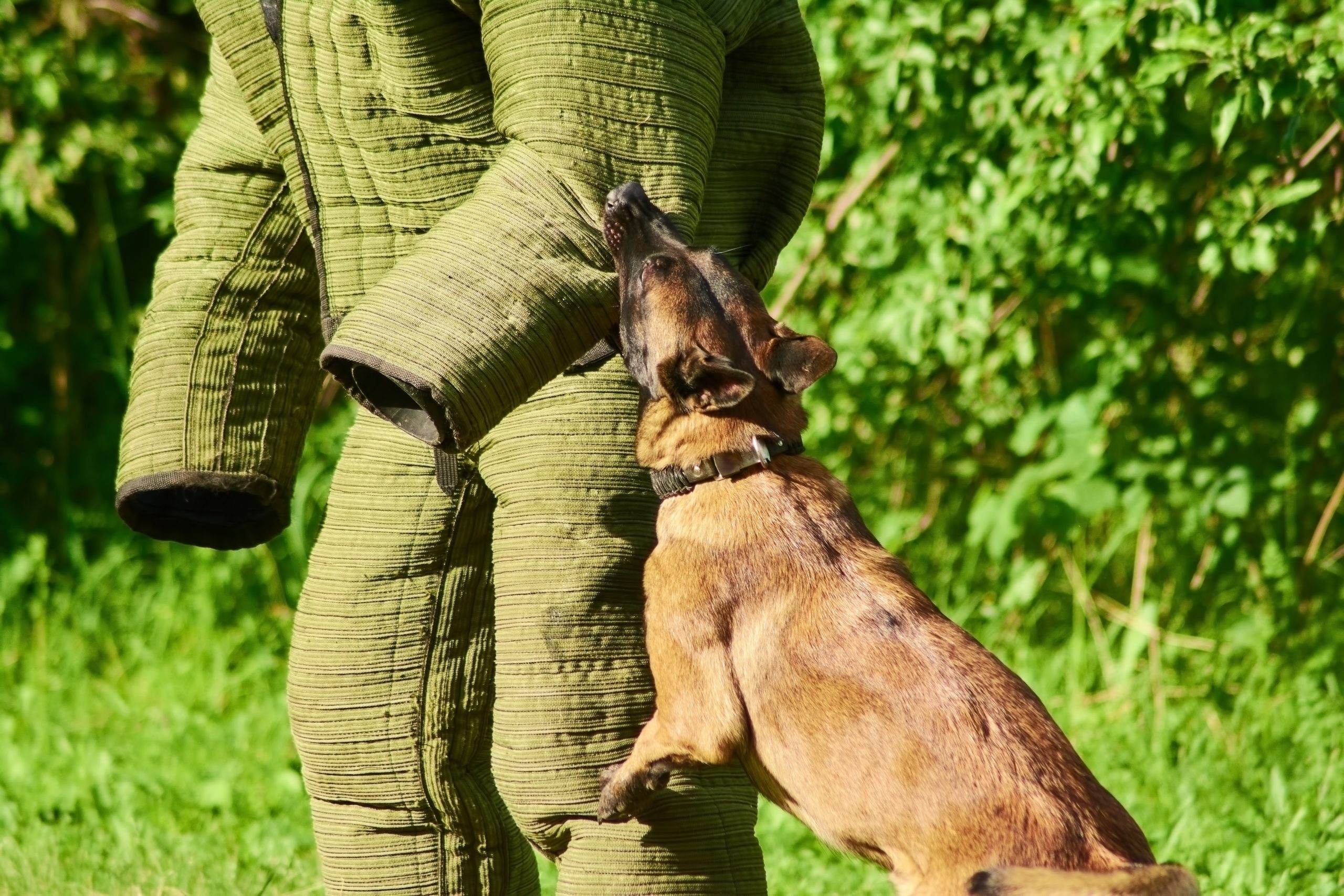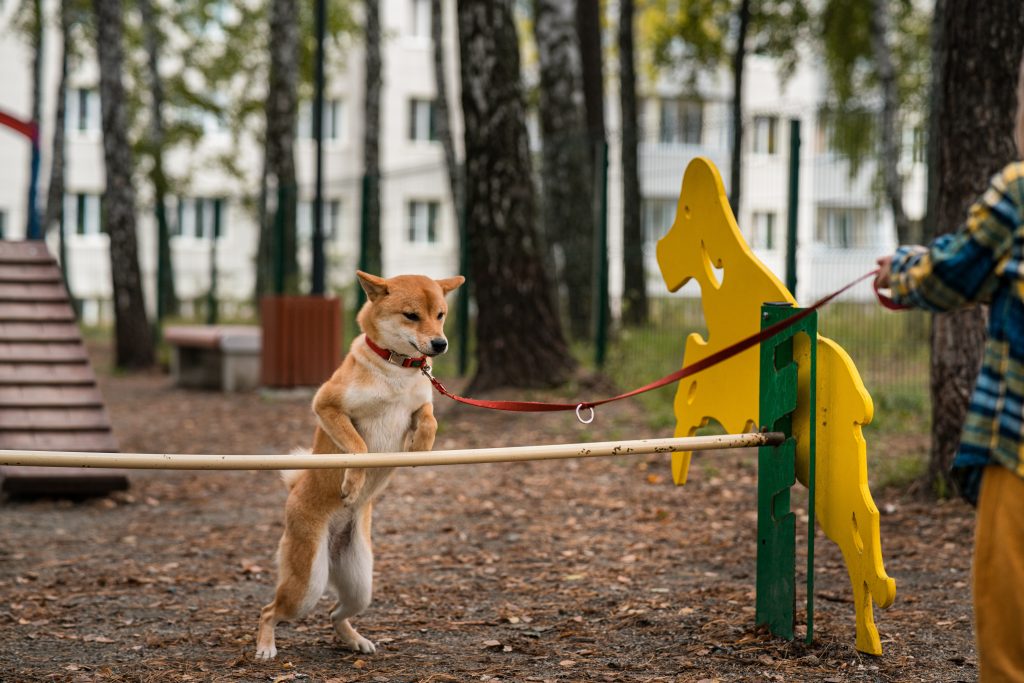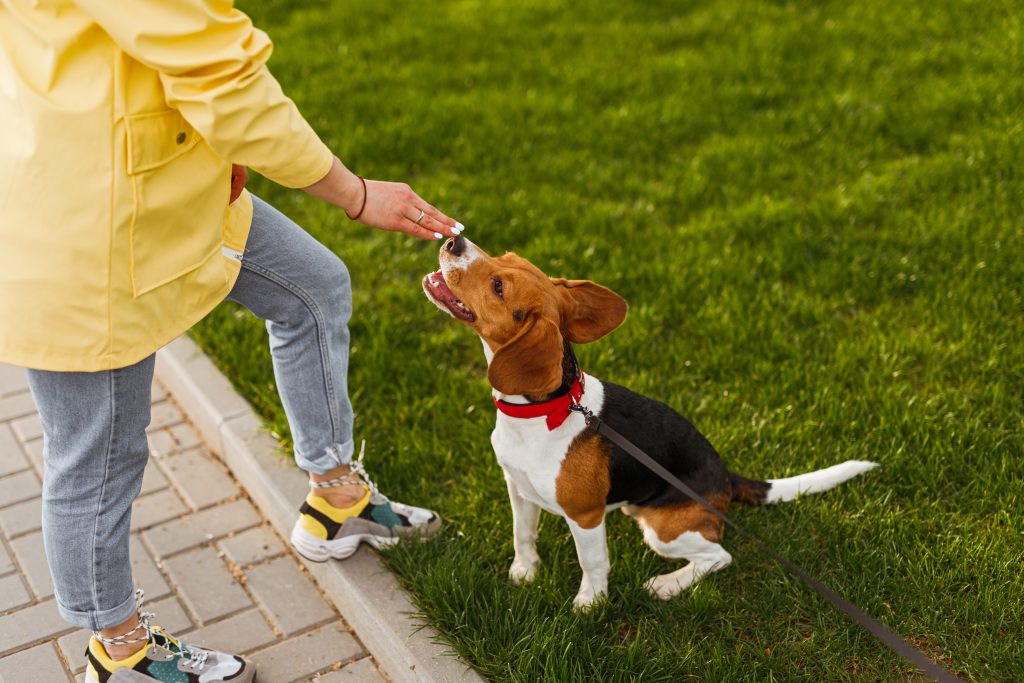
Are you struggling with training your furry friend and considering using aversive techniques like shock collars and leash corrections? There’s a better way. Positive reinforcement is a humane and effective method that teaches your dog to perform desirable behaviors in exchange for rewards and verbal praise. It’s a technique used by positive reinforcement trainers like Karen Pryor to create a strong bond between a dog and its owner, prevent problem behaviors, and improve the dog’s mental/emotional well-being. Positive reinforcement can make life easier for both you and your dog. Plus, it helps teach a wide range of behaviors and commands without resorting to any form of punishment or unpleasant sensation. Discover the benefits of positive reinforcement in dog training and start building a happy, healthy relationship with your furry companion.
1. Build a Strong Bond Between the Dog and the Owner
One of the most important benefits of positive reinforcement training in dogs is its ability to build a strong bond between the dog and its owner. Unlike negative reinforcement which relies on fear and punishment, positive reinforcement training is based on rewarding desirable behaviors. Dogs are more likely to trust and enjoy the company of their owners when they associate them with rewards instead of fear or punishment.
Positive reinforcement training involves the use of rewards to encourage good behavior in dogs. These rewards can come in many forms such as verbal praise, games, walks, or treats. It is important to consistently reward good behavior and ignore or redirect undesirable behaviors. This will reinforce positive behaviors and eventually lead to a better-behaved dog with a stronger bond to its owner.
Clicker training is another effective method of positive reinforcement training that strengthens the bond between the dog and its owner. Clicker training involves the use of a handheld clicker that makes a distinct clicking sound when pressed. This sound is used to mark the exact moment that the dog displays a desirable behavior. The clicker is always followed by a reward, which can be anything the dog finds rewarding. This reinforces the behavior and encourages the dog to repeat it in the future. The use of a clicker is not necessary for positive reinforcement training as rewards can be given without it.

2. Improve a Dog’s Mental and Emotional Well-being
Positive reinforcement training is not only about shaping a dog’s physical behavior but also about improving its mental and emotional well-being. It is vital to consider the dog’s mental and emotional state when training, as fear and anxiety can have lasting detrimental effects on a dog’s behavior and overall well-being.
Dogs experiencing fear or anxiety may exhibit unwanted behaviors such as destructive chewing, excessive barking, or aggressive behavior. This can be a vicious cycle as punishment-based methods may make their behavior worse and contribute to their anxiety.
Positive reinforcement training, on the other hand, builds a dog’s confidence and self-esteem by rewarding good behavior. Through constant and consistent positive reinforcement, dogs learn to associate desirable behavior with positive outcomes. This makes them feel more secure and confident, reducing anxiety and fear.
The benefits of using positive reinforcement techniques in dog training are numerous. For one, it helps dogs understand what is expected of them, reducing confusion and frustration. It also strengthens the bond between dogs and their owners, making them more responsive and willing to please.
Positive reinforcement training can also help dogs become better socialized. It encourages them to be more comfortable in different situations, around different people and animals. This can help prevent or reduce reactive behavior and aggression towards strangers or other dogs.
In contrast, punishment-based methods may have adverse effects on a dog’s behavior and mental state. The use of prong collars or shock collars can cause physical discomfort and emotional distress, leading to long-term negative effects on a dog’s well-being.
3. Teach a Wide Range of Behaviors and Commands
Positive reinforcement training is a versatile and effective method of teaching dogs a wide range of behaviors and commands. From basic obedience to complex tricks, the possibilities are almost endless.
Starting with the basics, positive reinforcement training can be used to teach dogs simple commands such as “sit”, “stay”, “come”, and “heel”. These commands lay the foundation for more advanced training and can also be useful in everyday situations such as walking your dog or having guests over.
Moving on from basic obedience, positive reinforcement training can also be used to teach more complex tricks such as “roll over” or “play dead”. These fun and entertaining commands not only provide mental stimulation for your dog, but also strengthen the bond between you and your furry companion.
But positive reinforcement training isn’t just limited to tricks and commands. It can also be used to train dogs for real-life situations. For example, teaching your dog to “settle” on a mat while you answer the doorbell can prevent them from jumping or barking at guests.
The key to successful positive reinforcement training is to keep the training sessions short and frequent to keep your dog engaged and motivated. With consistent training and positive reinforcement, your dog can learn almost anything and become a well-behaved and obedient companion.
4. Prevent Problem Behaviors
Preventing problem behaviors is an essential part of owning and training a dog. While negative punishment and aversive training methods may appear to be effective, they can cause long-term harm to your dog’s emotional and mental well-being. Positive reinforcement training, on the other hand, focuses on rewarding good behavior, which can help prevent potential behavioral issues in the future.
Rather than punishing undesired behaviors, positive reinforcement training places emphasis on training desired behaviors. This can be achieved by rewarding your dog with treats, verbal praise, or playtime and attention for exhibiting positive behavior such as obeying commands or showing good manners in social situations. Consistency and patience in the training process are crucial to achieving success. It is essential to keep the training sessions short and frequent, so your dog remains engaged and motivated.
When training your dog, limit distractions initially to ensure success. Over time, gradually adding more distractions can challenge your dog and strengthen their learned behaviors. It’s important to remember that rewards must be varied and appealing to your dog to keep them motivated.
As a dog owner, it’s equally essential to project positivity and avoid showing anger or frustration. Your dog’s emotional wellbeing can be negatively impacted by such behavior and lead to long-term consequences.
5. Make Life Easier and More Enjoyable for Both the Dog and the Owner
Positive reinforcement in dog training can make life easier and more enjoyable for both the dog and their owner. Using this method, owners can reinforce the behaviors they want their dog to exhibit, which can create a more relaxed atmosphere at home and in social situations. When both the dog and their owner are happy, being together becomes a fun and exciting experience.
Positive reinforcement training also helps create a stronger bond between the owner and their furry friend. By focusing on desirable behaviors and rewarding them, the dog will understand what is expected of them and feel more confident in their relationship with their owner. This strengthens communication and trust, which can lead to a happy and fulfilling companionship.
Rewards are like currency in positive reinforcement training. They can be used to reinforce desirable behaviors and teach the dog new things. For example, when teaching a new command, giving a treat or verbal praise immediately after the dog performs it correctly can show them that they have done something good and will encourage them to repeat the behavior. This makes the training process fun and engaging for both the dog and owner.
Using positive reinforcement, owners can also address problem behaviors by teaching the dog what they should do instead of what they should not do. For example, instead of scolding a dog for barking excessively, an owner can reward them for being quiet. This approach reinforces the desired behavior, rather than punishing the dog for something they may not understand.

Conclusion
In conclusion, positive reinforcement is a highly effective method for training dogs that benefits both the owner and the dog. By focusing on rewarding desirable behaviors and teaching new things with treats, games, and toys, owners can build a strong bond with their furry friends and improve their mental and emotional well-being. Additionally, this method can help prevent problem behaviors and make life easier for both the dog and owner. While it’s possible to combine positive reinforcement with other training methods, consistency and patience are crucial for success. We encourage our readers to share their own experiences with positive reinforcement training in the comments section.
